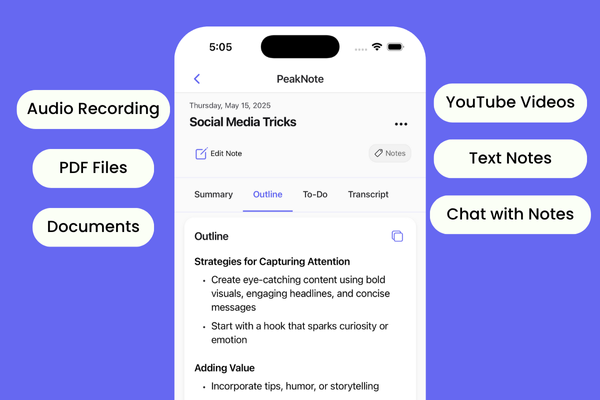Client-side rendering and server-side rendering are two approaches used to display content on a web page, and they play a key role in how web applications deliver content to users.
Here's a breakdown of the differences between the two:
Server-Side Rendering (SSR):
1. Definition: With SSR, the server generates the full HTML for a page in response to a user’s request, before sending it to the client's browser. The browser then renders the HTML to display the page.
2. Performance and SEO: This approach can lead to faster initial page load times and is generally better for search engine optimization (SEO), as search engines can crawl the content more easily.
3. User Experience: Users can see the content immediately without waiting for all the JavaScript to load and run, which can improve the perceived performance.
4. Resource Utilization: The server bears the primary load of rendering content, which can increase its computational and resource demands, especially with a high number of requests.
5. Examples of Use: Traditional web applications and websites where SEO is a priority often use SSR.
Client-Side Rendering (CSR):
1. Definition: In CSR, the server sends a minimal HTML page with JavaScript to the client. The client’s browser executes the JavaScript, which typically fetches data from the server and then generates the HTML content on the fly.
2. Performance and SEO: The initial load might be slower because the browser must download, parse, and execute the JavaScript before rendering the content. This approach can also pose challenges for SEO, as search engines might not wait for all JavaScript to execute before indexing the page.
3. User Experience: After the initial load, navigating between pages can be much faster, as only data (not the entire page) needs to be fetched from the server. This can lead to a smoother and more app-like experience.
4. Resource Utilization: The computational load shifts to the client side, which can reduce the load on the server but may increase the demand on the client's device.
5. Examples of Use: Single Page Applications (SPAs) like those created with React or Angular often rely on CSR.

